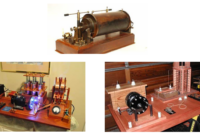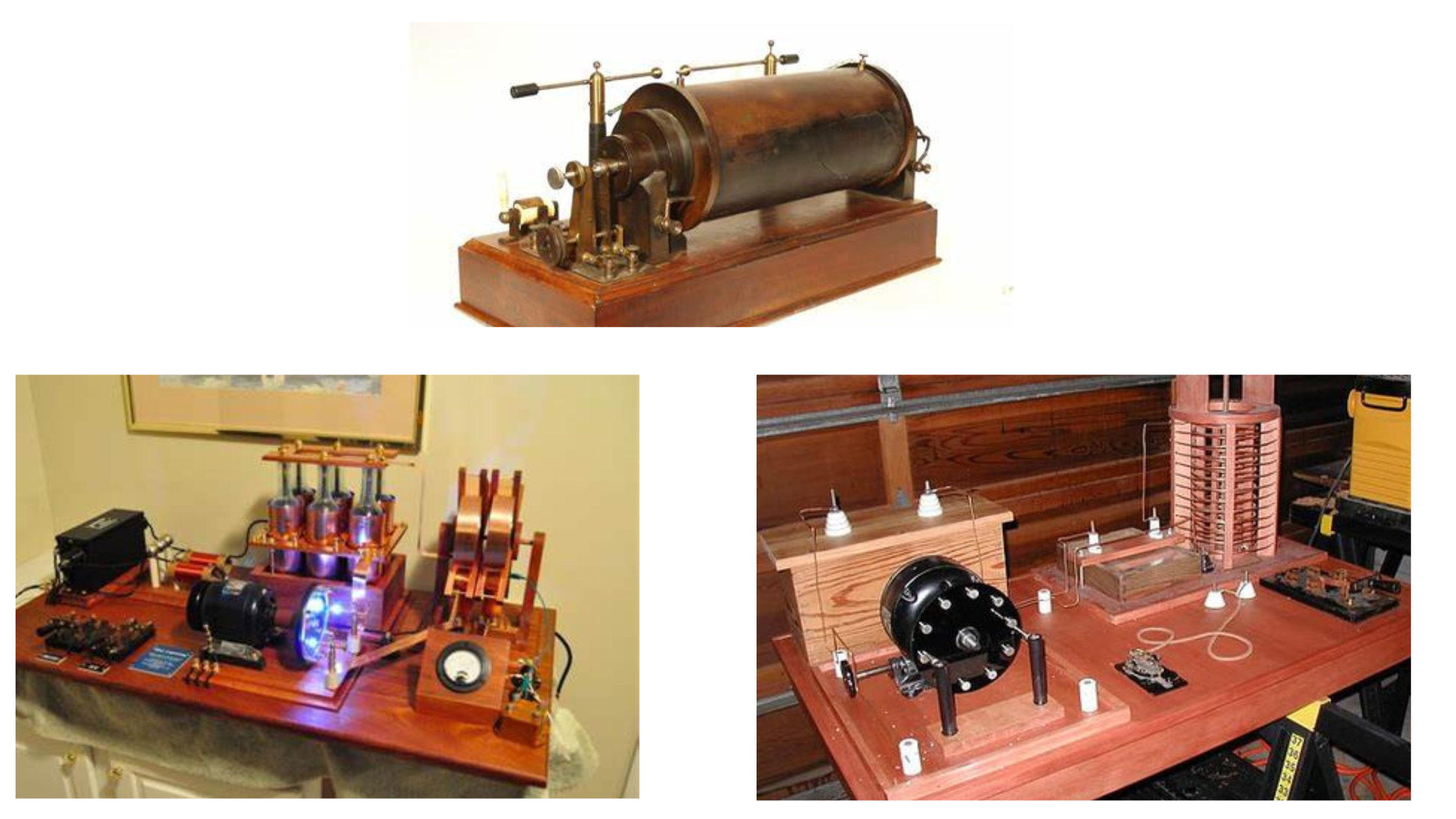
The Evolution and Legacy of Spark-Gap Transmitter Systems in Communication
Introduction:
In the annals of communication history, one innovation stands as a pioneering force—the Spark-Gap Transmitter. In the late 19th and early 20th centuries, this rudimentary yet revolutionary device laid the groundwork for the modern wireless communication systems that connect the world today.
- Brief overview of the historical significance of spark-gap transmitters in the development of wireless communication.
- Importance in the late 19th and early 20th centuries.
Understanding Spark-Gap Transmitters:
At its core, a spark-gap transmitter comprises simple components—an induction coil, capacitors, and an open circuit interrupted by a spark gap. When high voltage is applied to the circuit, it discharges across the gap, creating a burst of electromagnetic radiation. This rapid discharge generates radio frequency oscillations, transmitting signals wirelessly.
- Explanation of spark-gap transmitters: how they worked and their components.
- Detailing the basic principle of generating radio waves through electrical sparks.
Historical Context:
The breakthrough moment arrived when Marconi succeeded in sending the first wireless telegraphic signals across the Atlantic Ocean in 1901. This achievement marked a turning point in communication history, demonstrating the feasibility of transoceanic wireless communication.
- Discuss the pioneers and early experiments that led to the invention of spark-gap transmitters.
- Marconi’s contributions and the first successful transatlantic wireless transmission.
Functioning and Limitations:
- Detail the functionality of spark-gap transmitters in transmitting radio waves.
- Highlight the limitations such as interference, inefficient transmission, and the use of wide frequency spectra.
Impact and Advancements:
While spark-gap transmitters enabled unprecedented communication across vast distances, they were plagued by limitations. The devices emitted wideband signals, causing interference with other transmissions. Their inefficient use of energy and broad frequency spectrum necessitated a search for more refined transmission methods.
The impact of spark-gap transmitters was monumental. They facilitated communication during critical moments, including maritime distress signals, military operations, and early forms of broadcasting. These systems sparked public fascination and paved the way for the rapid evolution of wireless communication technology.
- Discuss the significant impact of spark-gap transmitters in enabling long-distance communication.
- Explain how these systems paved the way for further advancements in radio technology.
Transition to Modern Communication:
The evolution of technology led to the emergence of vacuum tube-based transmitters, offering higher efficiency and frequency control. These advancements supplanted spark-gap transmitters, marking a shift towards more reliable and versatile communication systems.
- Describe the transition from spark-gap transmitters to more efficient and reliable transmission methods.
- Mention the development of vacuum tube-based transmitters and subsequent technologies.
Legacy and Influence:
Despite their eventual obsolescence, spark-gap transmitters left an enduring legacy. Their early contributions laid the foundation for the evolution of wireless communication technologies. They sparked interest and investment in the field, leading to the development of more sophisticated radio transmission methods.
- Discuss the legacy of spark-gap transmitters in shaping the field of wireless communication.
- Their role in sparking interest and investment in the field of telecommunications.
- The Contemporary Impact:
While spark-gap transmitters are relics of the past, their legacy lives on. Their pioneering spirit and foundational principles continue to influence modern communication systems, serving as a reminder of the humble beginnings of today’s interconnected world.
Conclusion:
- Summarize the historical importance of spark-gap transmitter systems.
- Reflect on their contribution to the evolution of communication technologies.
